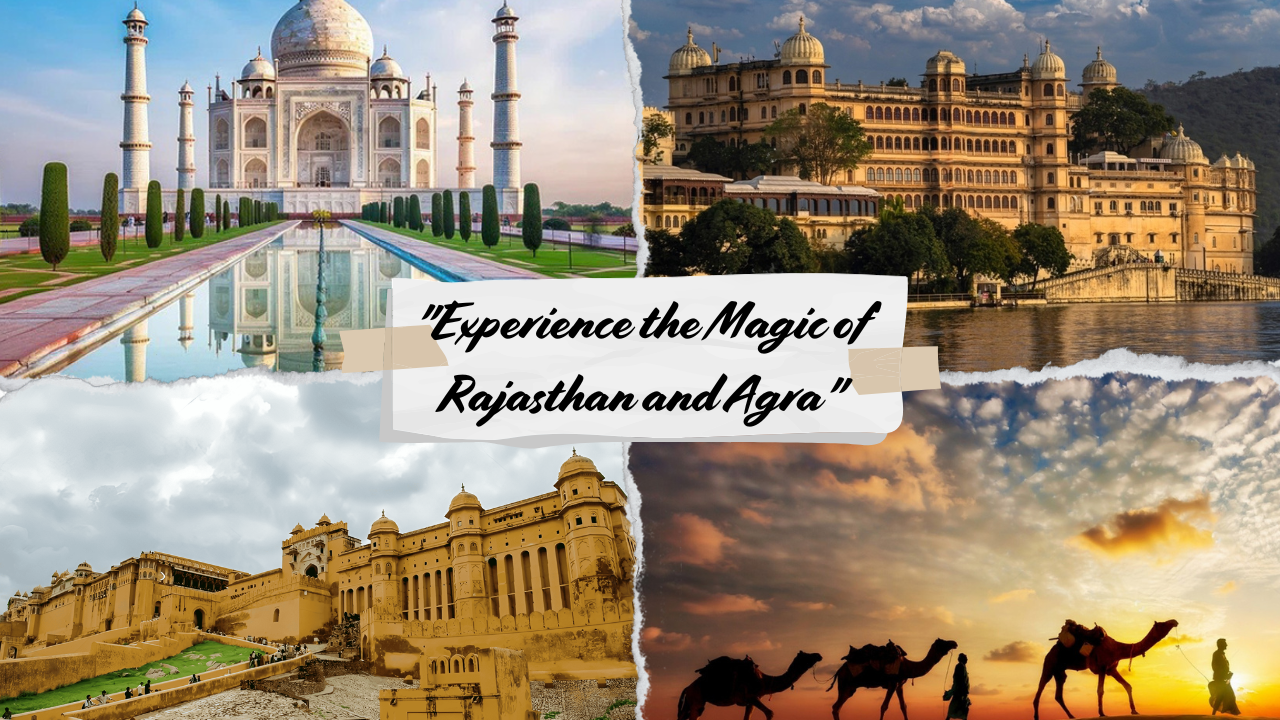Overview
Fatehpur Sikri, located near Agra in Uttar Pradesh, was once the capital of the Mughal Empire under Emperor Akbar. The city is renowned for its architectural splendor, blending Persian, Indian, and Mughal styles, creating a unique, historical landscape. Although it was abandoned after just 14 years due to water scarcity, the remnants of the city continue to stand as a testament to the magnificence of Mughal architecture and the grandeur of Akbar's reign.
Key Attractions in Fatehpur Sikri
- Buland Darwaza: The grand entrance to Fatehpur Sikri, Buland Darwaza is one of the tallest gateways in the world, built to commemorate Akbar’s victory over Gujarat. The intricate carvings and towering structure make it an iconic landmark of Mughal architecture.
- Jama Masjid: One of the largest mosques in India, Jama Masjid in Fatehpur Sikri is known for its stunning red sandstone architecture and its beautiful courtyard. The mosque is dedicated to Salim Chishti, a revered Sufi saint, and houses his tomb.
- Diwan-i-Khas: The Hall of Private Audiences was used by Emperor Akbar to hold court with his officials. The central pillar, which supports the entire structure, is unique in its design and is often considered an architectural marvel.
- Panch Mahal: The Panch Mahal is a five-story palace that offers a spectacular view of the surroundings. Its design is believed to represent the five senses, with the columns representing each sense.
- Tomb of Salim Chishti: Located within the Jama Masjid complex, the tomb of the Sufi saint Salim Chishti is a place of spiritual significance and is a major pilgrimage site. It is known for its serene atmosphere and intricate marble carvings.
- Sher Mandal: A two-story structure, Sher Mandal was originally built as a library and observatory. It is said to be the place where Emperor Akbar would hold intellectual discussions with scholars.
Cultural and Historical Significance
Fatehpur Sikri was built by Emperor Akbar in the late 16th century as a new capital city. It was designed to reflect the grandeur and power of the Mughal Empire. The city’s planning and architecture are a blend of Persian, Indian, and Central Asian influences, showcasing the cosmopolitan nature of Akbar's court. Fatehpur Sikri served as a religious and political center for a brief period before being abandoned due to water scarcity, making it a fascinating snapshot of a lost era.
Best Time to Visit
The best time to visit Fatehpur Sikri is between October and March, during the cooler months, when the weather is pleasant for sightseeing. The summer months (April to June) can be very hot, with temperatures soaring above 40°C, while the monsoon season (July to September) brings humidity and occasional rains.
How to Reach Fatehpur Sikri
- By Air: The nearest airport to Fatehpur Sikri is in Agra (about 40 km away), which is connected to major cities in India.
- By Rail: Fatehpur Sikri has its own railway station, and is well-connected to major cities like Agra, Jaipur, and Delhi.
- By Road: Fatehpur Sikri is easily accessible by road from Agra, Jaipur, and Delhi, with frequent buses, taxis, and private vehicles available for travel.
Shopping and Local Crafts
Fatehpur Sikri offers various handicrafts, including stone carvings, handmade jewelry, and traditional textiles. Visitors can also shop for miniature Mughal-style paintings, which depict the grandeur of the Mughal era.
Why Visit Fatehpur Sikri?
Fatehpur Sikri is a must-visit for history enthusiasts and architecture lovers. Its majestic Mughal structures, including the Buland Darwaza and Jama Masjid, offer a glimpse into the grandeur of the Mughal Empire. The city’s rich history, religious significance, and stunning architecture make it a captivating destination for anyone interested in India’s cultural heritage.


